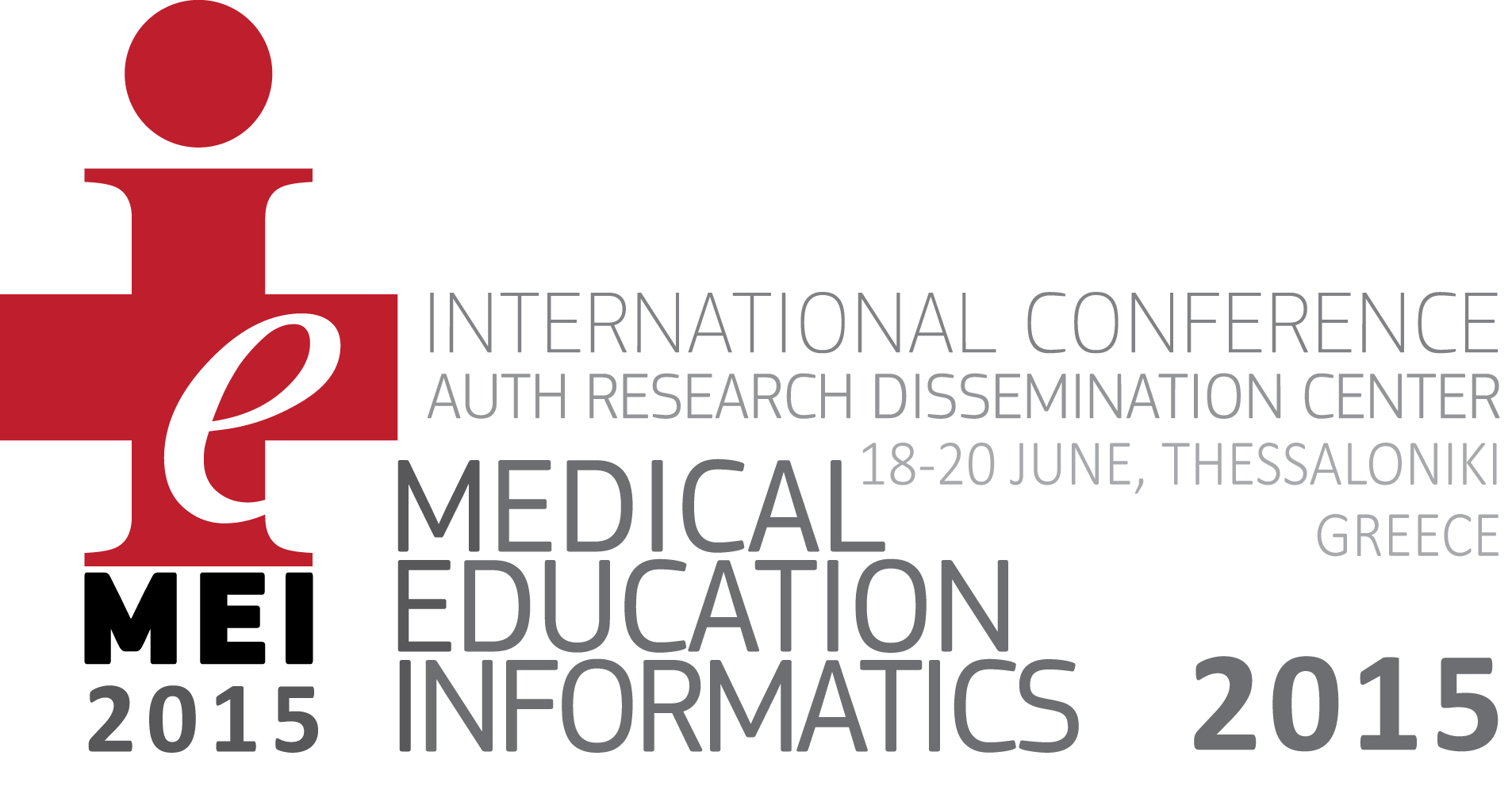Abstract:
My talk will outline the gains and challenges involved in the translation of a digital competence framework, designed for the care sector, into a coherent programme for formal and informal care workers, against the background of aging demographic across Europe. The process aimed to provide learning pathways for the professional development and related professionalisation of care workers, through the acquisition of a set of digital competences.
I will describe how such a digital competence framework can map effectively against the curriculum by employing mobilest devices and an activity-based pedagogy to help the acquisition of significant learning gains.
I will discuss the learning architecture of the programme that comprises a set of interrelated courses and pathways, in a blended learning context, that target the development of digital competences in the domain of social care interventions with ICTs, professionalisation and the enhancement of the quality of life of care recipients.
I will explain how this methodology can bring results when it embraces the learning design approach of articulating the process and the outcome, i.e. the learning activities and the support activities that are performed by the different individuals (learners, mentors, trainers) in the context of a unit of learning (Koper, 2006).
Finally, I will explore the solutions that such an approach provides using the example of a European funded project, CarerPlus, a collaborative European project. In this example, the care worker becomes the mediator between the learning technologies and related digital competences for the care recipient (older person), by assisting them to combat social exclusion through their care, applying newly acquired digital skills and knowledge to day-to-day activities.














